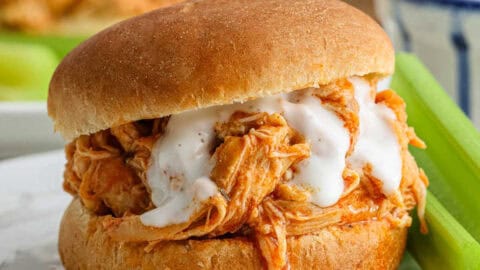The Tñacuache: Mexico’s Urban Ecosystem Ally
Mexico’s vibrant cities and expansive rural areas are home to an array of unique wildlife, and among them is the tñacuache, or opossum. Despite their often misunderstood presence, tñacuaches play a crucial role in maintaining the ecological balance, even in urban environments. While some residents may view them as pests due to their tendency to rummage through trash, these creatures are essential contributors to biodiversity, offering many benefits that go unnoticed.
Origins
The tñacuache, also known scientifically as Didelphis virginiana, is North America’s only marsupial, related to other pouch-bearing animals like kangaroos and koalas. Native to both rural and urban areas of Mexico, the tñacuache is highly adaptable and resilient, thriving in various environments. Its journey to urban areas is not simply a matter of curiosity; as cities expand, these animals seek food and shelter in human-populated spaces.
Role
Tñacuaches might seem like a nuisance to some, but in reality, they serve as natural pest controllers. They consume insects, small rodents, and even ticks, which helps reduce the spread of diseases like Lyme disease. By doing so, they not only protect urban areas from these unwanted pests but also balance the ecosystem, controlling populations that could otherwise grow uncontrollably.
Diet
A tñacuache’s diet is incredibly varied, which allows it to survive in both rural and urban environments. In nature, they eat fruits, small animals, insects, and even carrion. In the city, they’ve adapted to scavenge through waste, which sometimes puts them at odds with people. However, this scavenging can help clean up organic waste in urban settings, contributing to a cleaner environment.
Adaptability
One of the reasons tñacuaches have managed to thrive in cities is their remarkable adaptability. They’re nocturnal, meaning they are active at night, allowing them to navigate cityscapes without facing much human interaction. This trait helps them avoid conflicts with people, though they may occasionally be seen rummaging through trash cans or sneaking through backyards. Their adaptability to city life is a testament to their resilience and an example of how wildlife can coexist with urbanization.
Misconceptions
Many misconceptions surround the tñacuache. Some people mistakenly believe that they are dirty or aggressive, but these animals are actually quite clean and rarely confrontational. Tñacuaches are known for their unique defense mechanism of “playing dead” when threatened, a behavior that makes them appear lifeless to predators. They also have strong immune systems, which protect them from rabies, countering a common misconception that they’re carriers of the disease.
Importance
The presence of tñacuaches in urban areas brings environmental benefits that are often overlooked. As natural scavengers, they help keep cities clean by feeding on waste and decaying matter. By controlling rodent and insect populations, they minimize the risk of certain diseases and contribute to healthier urban ecosystems. Conservationists are beginning to highlight the importance of protecting these creatures, stressing that they are not pests but valuable members of the ecosystem.
Conservation
As urbanization continues to encroach on natural habitats, the need to protect the tñacuache and other wildlife becomes critical. Conservationists are pushing for greater awareness of the tñacuache’s role in biodiversity and advocating for policies that protect their habitats. Simple actions like securing trash cans, avoiding harmful traps, and educating the public about their ecological importance can make a significant difference in fostering coexistence between humans and tñacuaches.
Biodiversity
Tñacuaches contribute to biodiversity, which is essential for a balanced ecosystem. Their presence supports the larger food chain by providing sustenance for predators and by controlling the populations of smaller creatures. Biodiversity is particularly crucial in urban areas where green spaces and wildlife are scarce. By allowing tñacuaches to thrive, cities can encourage a healthier ecosystem that benefits both animals and humans.
Coexistence
Learning to coexist with tñacuaches is an achievable goal that benefits the urban ecosystem. While it may take some adjustment, small changes in human behavior, such as securely closing trash containers and allowing these animals to move freely, can prevent conflict. Education is also key; when people understand the ecological role of the tñacuache, they are more likely to view them as allies rather than nuisances.
Future
The future of the tñacuache in Mexican cities depends on awareness and conservation efforts. As conservationists continue to shed light on the benefits of these creatures, public perception is slowly shifting. In the long run, urban wildlife programs that encourage coexistence and protect natural habitats can help tñacuaches and other urban wildlife thrive alongside humans.
The tñacuache, though often misunderstood, plays a vital role in Mexico’s urban and rural ecosystems. By embracing this small, resilient creature, we can ensure a more balanced, healthier environment for generations to come.






